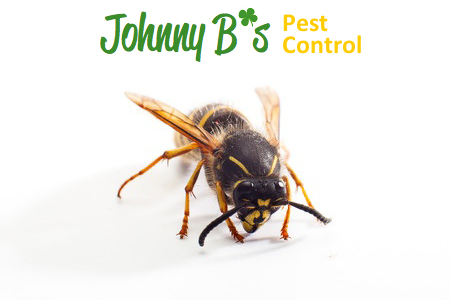Researchers have recently discovered a new parasitoid wasp species during an expedition between the Andes Mountains and the Amazon Rainforest. New parasitoid wasp species are being discovered more and more, as researchers are only now learning that these insects are more abundant on this planet that anyone had previously thought. However, the most recent parasitoid wasp to be documented by researchers is unique due to the insect’s enormous stinger. One researcher from the University of Turku is claiming that he has never seen any insect that possesses a stinger like the one that the new wasp species is sporting.
The new wasp species has been named Clistopyga crassicaudata, and its stinger is nearly as long as the length of its body. Most parasitoid wasp species, including the newly documented one, possess stingers that are used for attack as well as ovipositors for laying eggs. This dual function allows parasitoid wasps to lay eggs within the bodies of prey, many of which are caterpillars and spiders. The Clistopyga crassicaudata species attacks spiders by injecting venom into their bodies, successfully paralyzing them. They then use this same physical feature to lay eggs on or within the spider. Once the eggs mature, they will eat the host spider along with all of its nearby offspring. These predatory attacks only occur when spiders are located within their nests. According to the lead researcher, Ilari E. Sääksjärvi, it is highly probable that this wasp’s oversized stinger serves several functions as a sophisticated tool, but the research team has yet to understand these functions. Although the recently discovered wasp species may possess a brutal looking stinger that it uses to brutally kill prey, parasitoid wasps are friends to humans. This is due to the fact that parasitoid wasps prey on a variety of different insect pests. In fact, parasitoid wasps are often used to control insect pest populations within areas of farmland.
Do you believe that there may still be some undiscovered parasitoid wasp species that can cause harm to humans?

